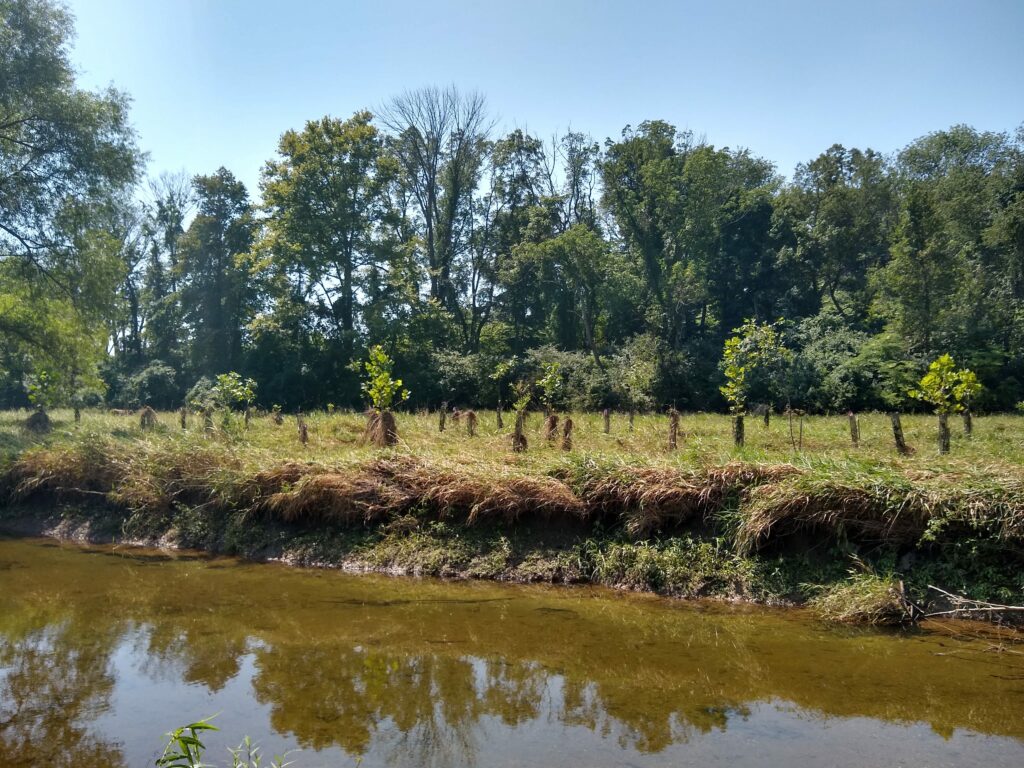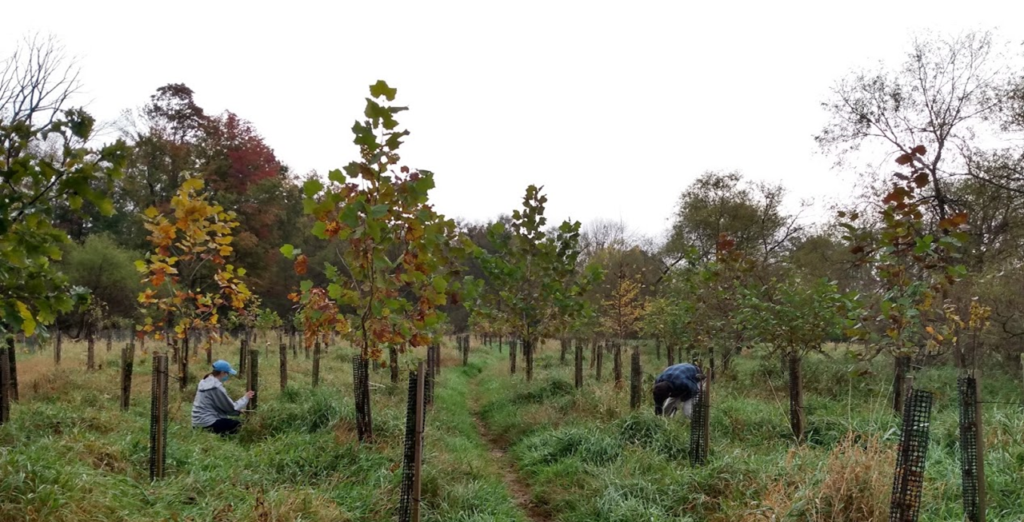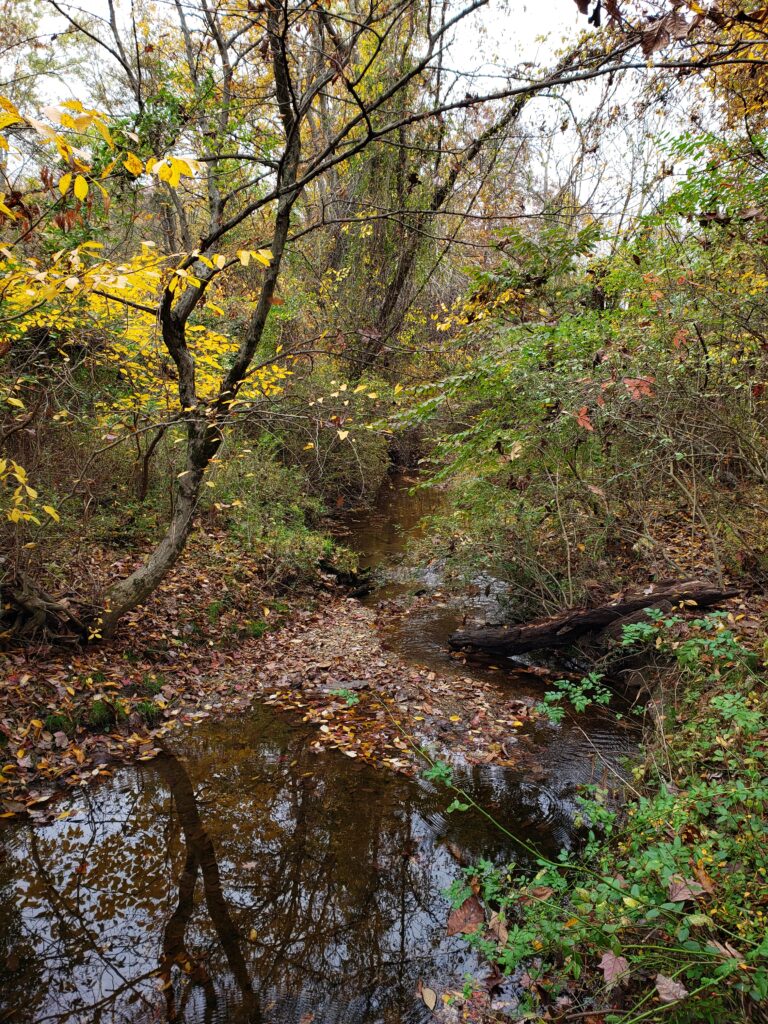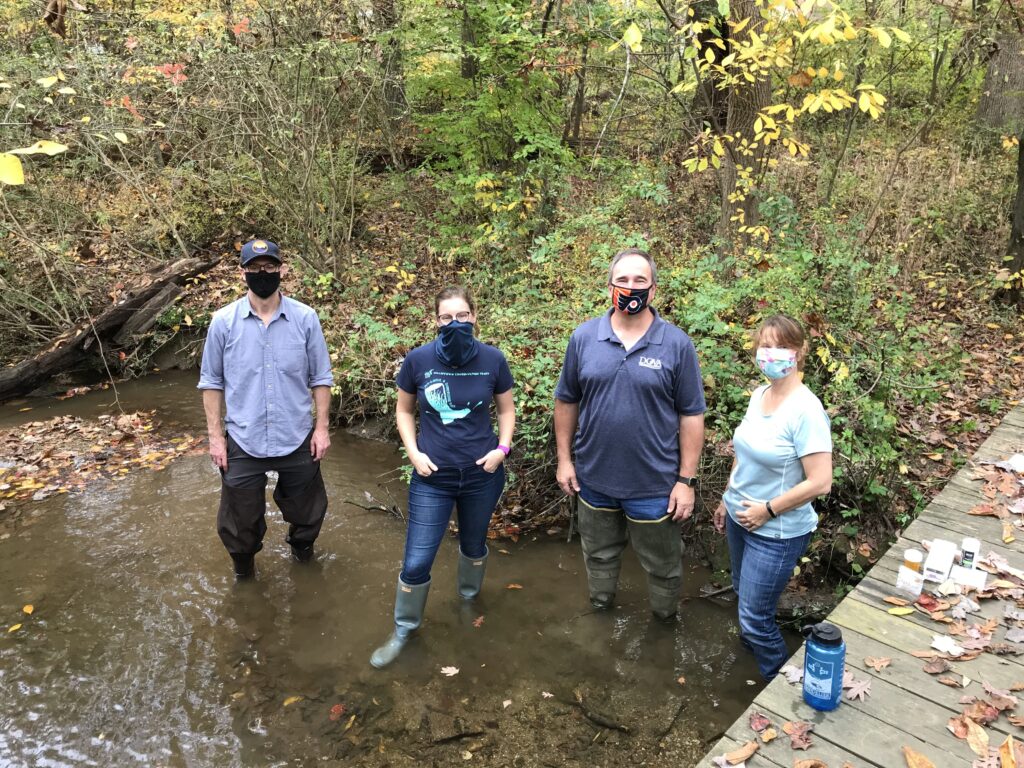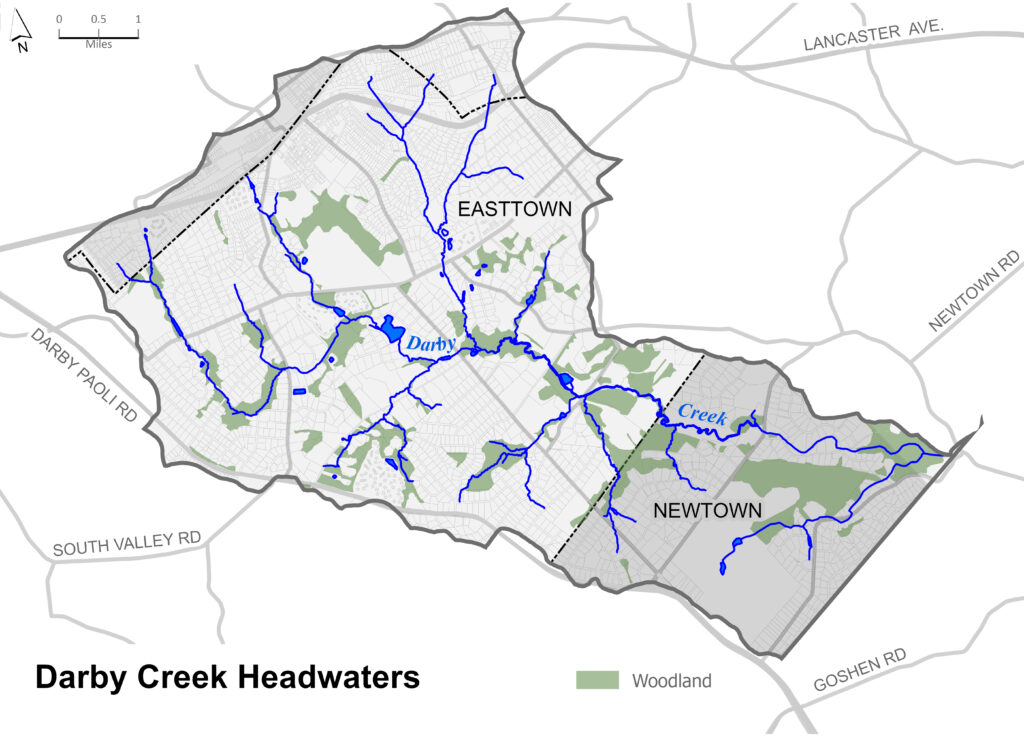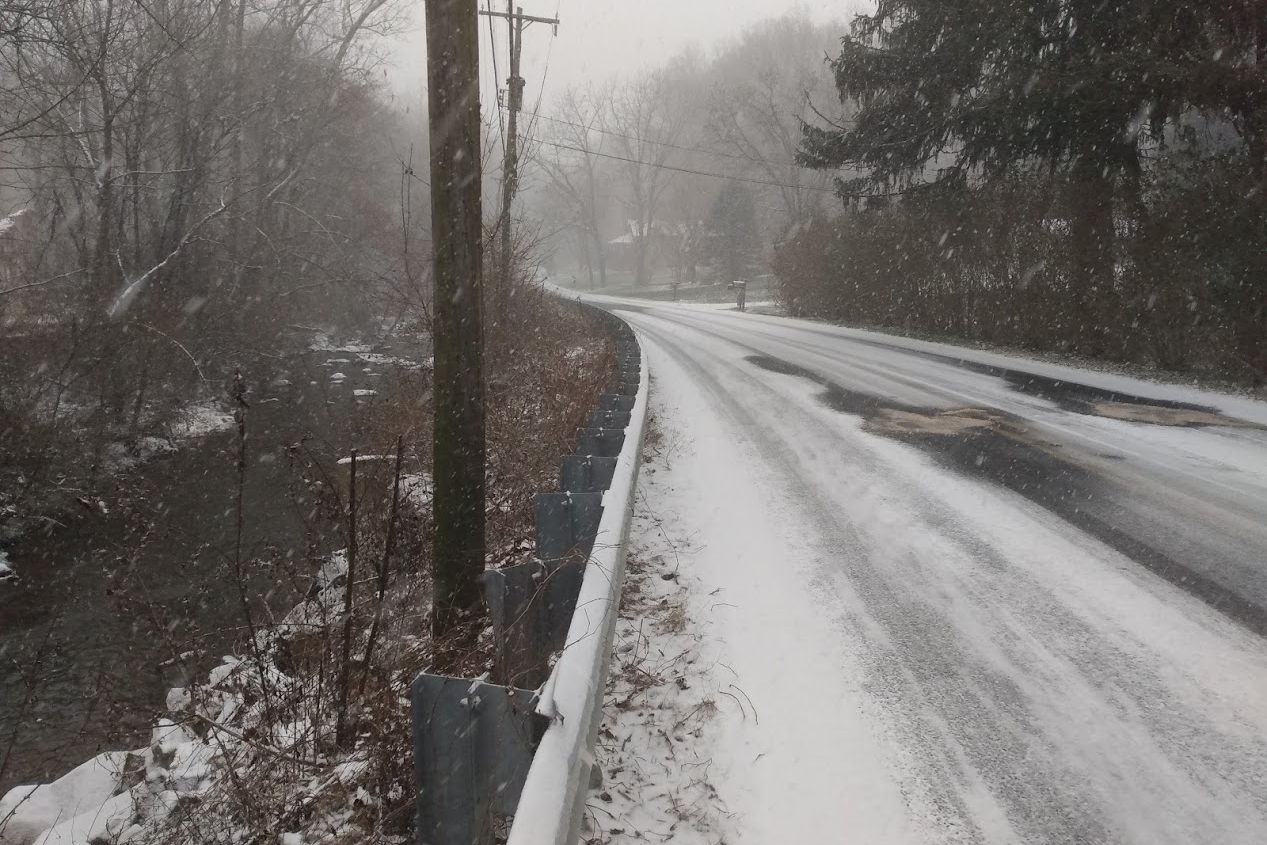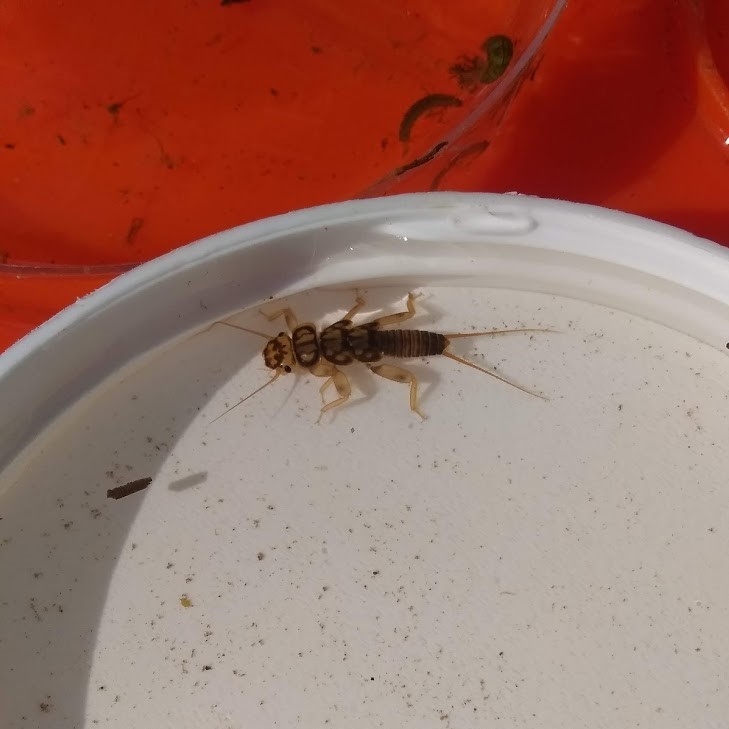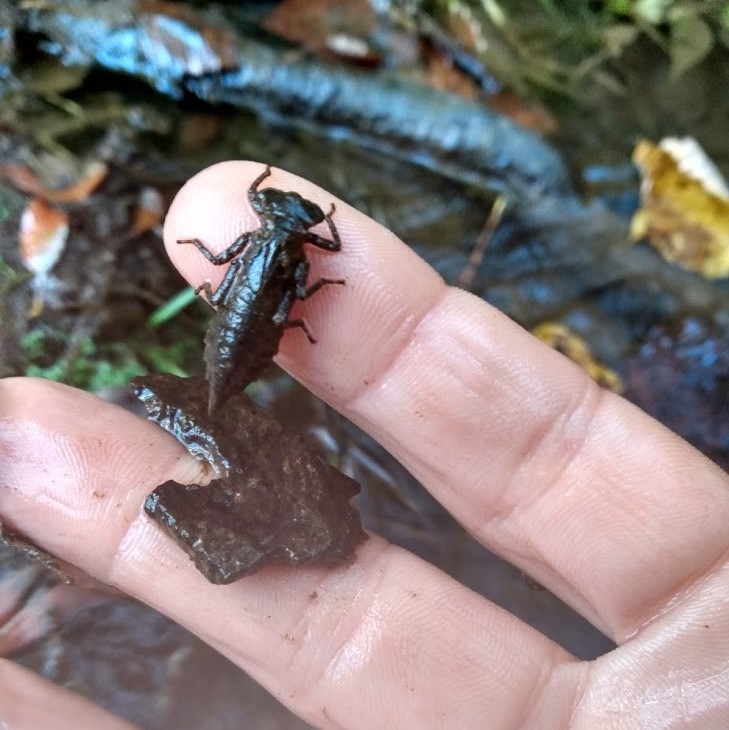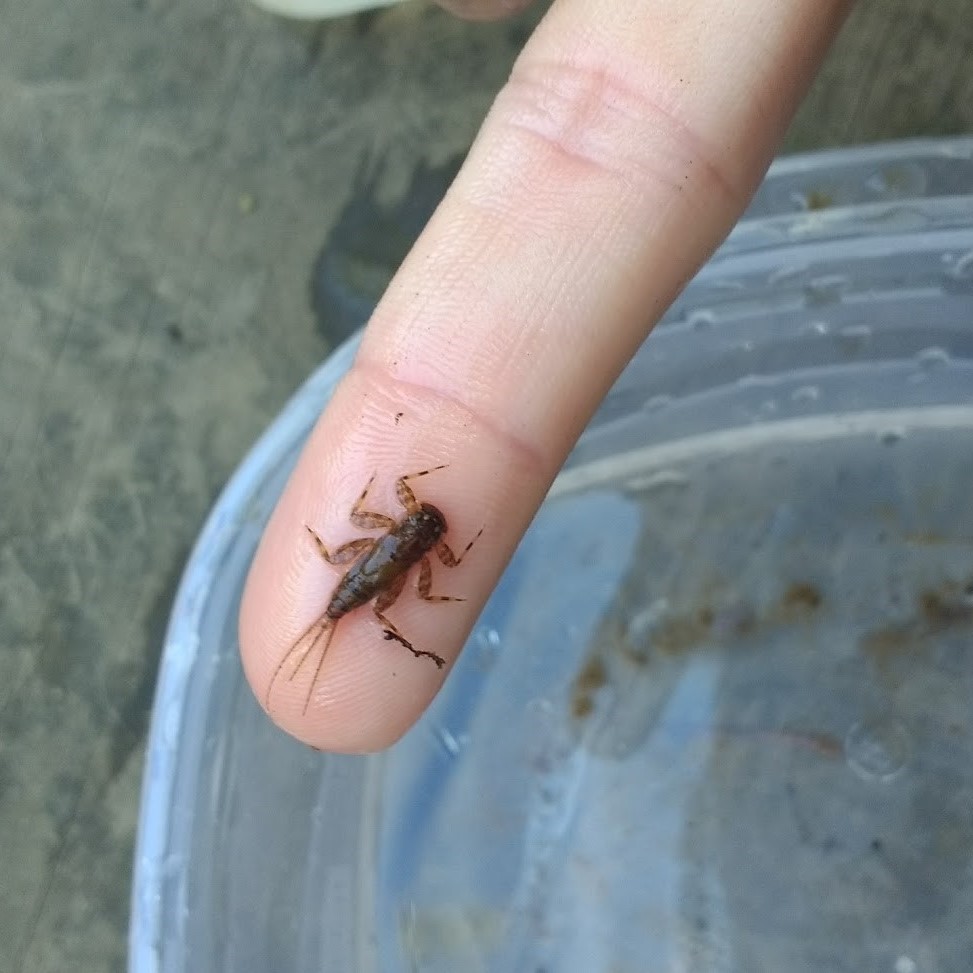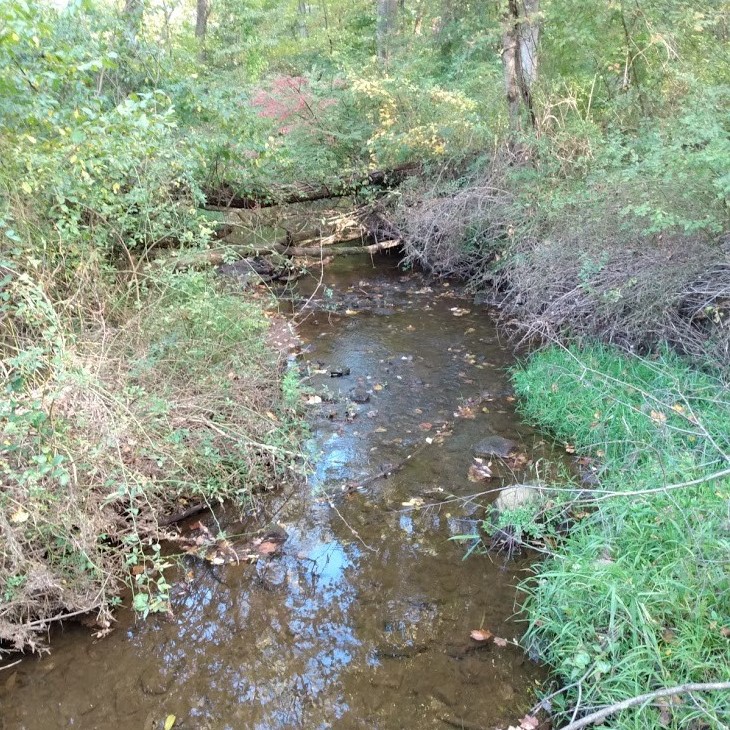Few landscape features define American suburbia like the lawn. Drive through a neighborhood anywhere in the US and you are likely to see the same landscape: houses surrounded by a tidy patch of grass, with a few gardens thrown in. Lawn care could be considered a national hobby — the average American spends 70 hours a year tending to their lawn, mowing, clearing, watering and spraying. Lawns are so ubiquitous, so expected, that we rarely consider what the consequences of our tidy little lawn might be.
Although individual lawns do not cover much ground (the average American yard is only 0.19 acres), the summed area of lawns is staggering. Turfgrass, the cropped grass that differentiates a lawn from a field, is the most irrigated crop in the United States, and as of 2005, it covered 40.5 million acres, a number that has only increased since then. To put this number in perspective, if all lawns were put together, they would cover Pennsylvania, Delaware and Maryland combined, with a few acres to spare.
While this vast area of lawn may not seem like an environmental problem — after all, it’s still a green area, taking in carbon dioxide and releasing oxygen — the consequences of our obsession with lawns are hard to overstate. Most turfgrasses are not native to the United States (even the famed Kentucky Bluegrass is native to Europe, Asia and Northern Africa), meaning that nearly every one of those 40.5 million acres of lawn is devoid of native plant species. Instead of a biodiverse landscape that can sustain a complex ecosystem, we maintain acres and acres of ecological desert.
Starting at the base of the food chain, lawns provide little habitat and few food sources for insects. Lawns are often devoid of leaf litter, which provides crucial habitat for benign and beneficial insects, including our beloved fireflies. Small wildflowers are often removed as weeds, depriving bees and other pollinators of crucial food sources. Without this food source, insects move elsewhere or die off. Once the insects are gone, there is little to sustain the birds, frogs and other small animals that rely upon insects as a food source.
In addition to lacking food and habitat that insects and wildlife need to survive, many lawns are poisoned with pesticides. A 2012 report from the EPA on pesticide use found that, annually, homeowners spend $3.3 billion on pesticides and apply 59 million pounds of pesticide to their lawns. As these numbers do not include pesticide use by lawn care companies, the true amount of pesticides applied each year on lawns is even higher.
Pesticides used on lawns can devastate organisms they were never supposed to impact. Many pesticides, particularly insecticides, are indiscriminate, killing not only target insects such as mosquitos, but also beneficial insects such as butterflies and bees. Insects are not the only victims—birds, frogs or turtles that eat insects with pesticides in their system ingest these pesticides as well, often with deadly results.
Pesticides applied to lawns readily runoff into aquatic systems, impacting the entire waterway. The use of pesticides is so extensive that they are commonly found in urban waterways and, increasingly, in groundwater. Due to the prohibitively high costs of long-term ecological studies, we do not know how the presence of low levels of pesticides in waterways alters aquatic ecosystems.
In addition to impacting aquatic organisms, the presence of pesticides in waterways also impacts humans. A CDC biomonitoring program that samples human blood for a range of environmental contaminants has found some type of pesticide in nearly every blood sample, suggesting that most, if not all, Americans have low-levels of pesticides in their blood. The persistence of many pesticides is of particular concern: though DDT has been banned in the US for nearly 40 years, it is not uncommon to detect DDT and its degradation products in humans today. Just as we do not understand the impacts of chronic, low-level pesticide exposure on ecosystems, we do not understand these impacts on human health.
In addition to applying millions of pounds of pesticides to lawns, homeowners also apply millions of pounds of fertilizers to lawns. Though fertilizers pose fewer immediate health concerns to humans than pesticides, their overuse can also devastate ecosystems. Fertilizers enter streams and rivers through runoff and ultimately end up in estuaries, lakes, and bays. The resulting increase of nutrients in these systems can cause massive blooms of algae. Algae blooms rapidly deplete the oxygen in the water, causing massive ‘dead zones’ such as those found in the Chesapeake Bay and the Gulf of Mexico. In some areas, the algae bloom can even release a neurotoxin dangerous to humans and pets.
While the problems caused by lawns are far-reaching, many can be addressed by simply doing less to care for our lawns. Here are 10 ways you can have a more eco-friendly yard:
- Before any expected rainfall, avoid applying pesticides and fertilizers to reduce runoff of pesticides and fertilizers into waterways.
- Test your soil! This can tell you exactly what kind and how much fertilizer you might need for your lawn, reducing the risk of overuse (and saving you money!).
- Before applying pesticides, contact your County Extension Services Office to determine if you actually have a pest problem that needs to be treated.
- Avoid using lawn services that apply pesticides on a regularly scheduled basis. Many of the pesticides used are long-lasting, meaning that any application after the initial application is unnecessary. Only re-apply if you have determined you have a problem that needs to be treated.
- Consider eliminating the use of pesticides in your lawn. Many pests, especially insects, have natural predators that can thrive in your lawn and control your pests for you.
- Raise the blade of your lawnmower. Taller grass has a longer root system, allowing it to soak up more water and reduce runoff into waterways,
- Mow less frequently, especially in early spring. A study found that lawns that were not mowed for the month of May had five times more bees, which are crucial pollinators, than lawns that were regularly mowed. Mowing less frequently also reduces greenhouse gas emissions from lawnmowers.
- Allow your lawn to become a little messy. Weeds and small wildflowers increase the biodiversity of your lawn, providing more food sources and creating more habitat for insects and other wildlife. Grass clippings and leaf litter provide habitat for insects and nutrients for your lawn, reducing the need for fertilizer.
- Consider replacing some of your lawn with a native wildflower garden or, if you have space, a meadow filled with native grasses and wildflowers. Native plantings provide far more habitat for insects and birds than lawns and often require less care after the initial establishment. They also capture more runoff and prevent pollutants from reaching waterways.
- Reach out to local neighborhood groups or homeowners’ associations to advocate for greener lawn care! Reducing pesticide and fertilizer use at a neighborhood scale can have a massive impact on local waterways and ecosystems.
Remember that you can make a difference! Every acre of the 40.5 million acres of lawn represents an acre of habitat that is yet to be created. Making small changes in your backyard can make a world of difference for local wildlife and waterways, and at a quicker rate than you might expect. Small actions can add up to big results, and it is far better to make some changes than no changes at all.
By Anna Willig
Resources
To learn more about the extent of lawns: https://earthobservatory.nasa.gov/features/Lawn/lawn.php
To learn more about the benefits of converting lawns to meadows: https://conservationtools.org/guides/151-from-lawn-to-meadow#_ednref1
To learn more about proper fertilizer use: https://www.epa.gov/nutrientpollution/what-you-can-do-your-yard
To learn more about proper pesticide use:
https://extension.psu.edu/are-you-thinking-about-using-pesticides
